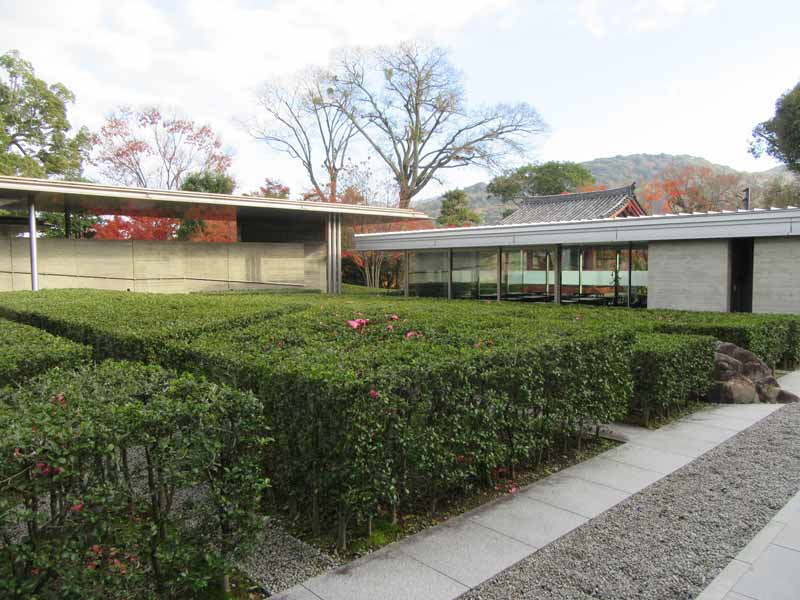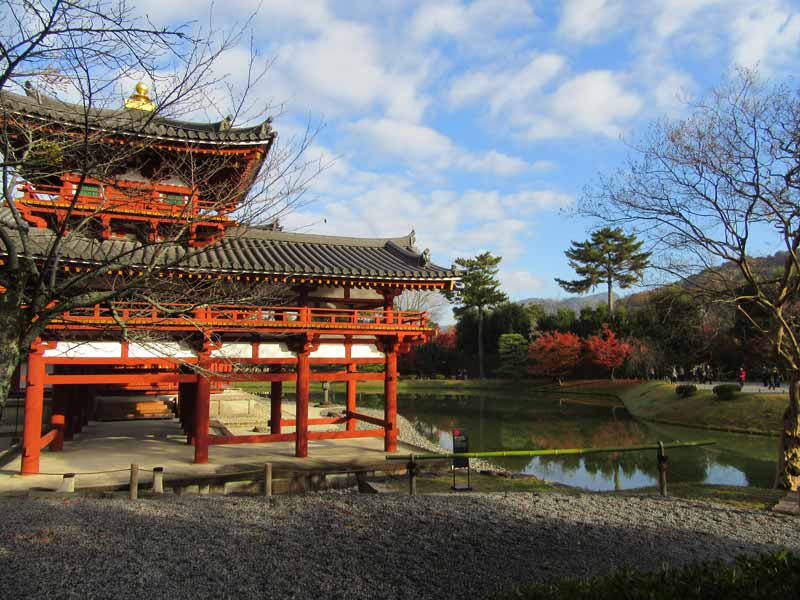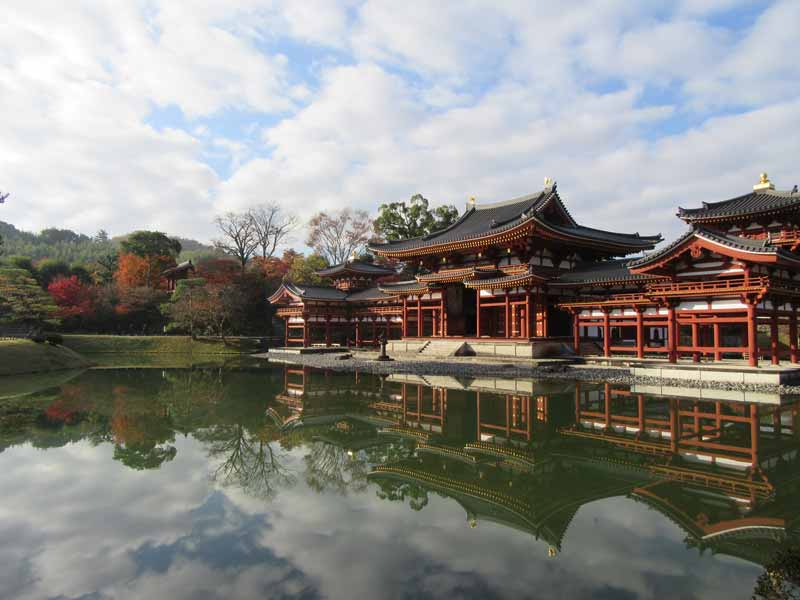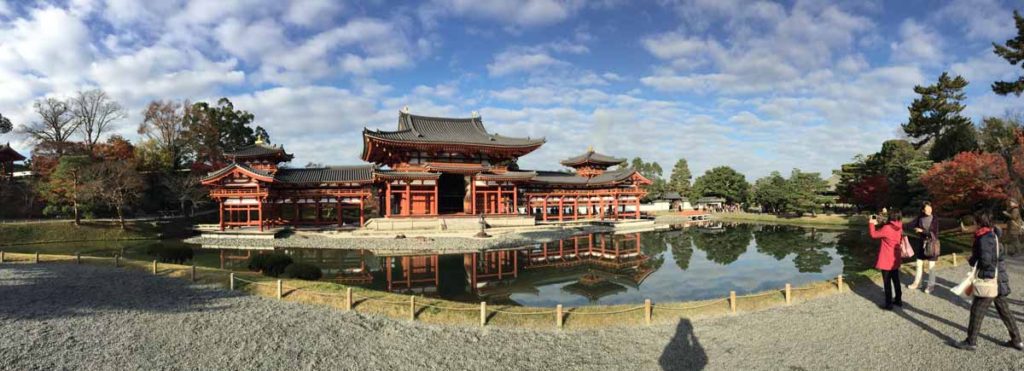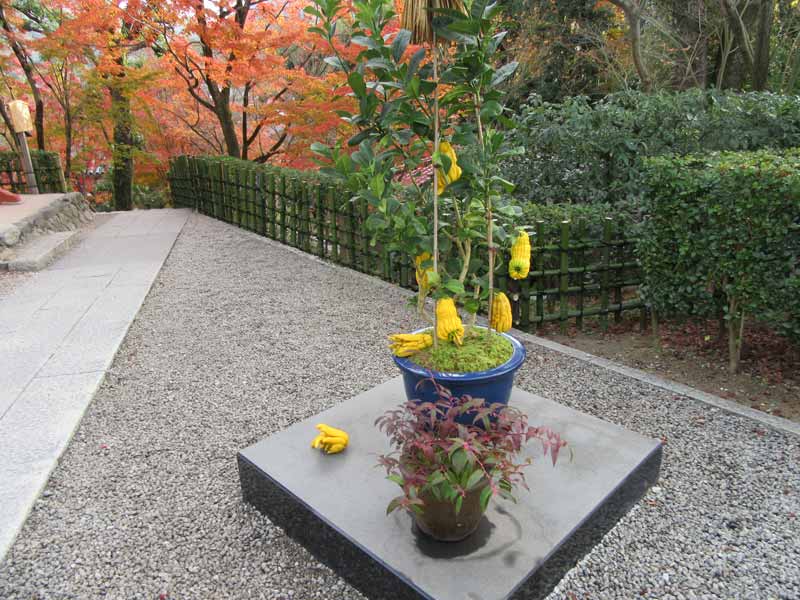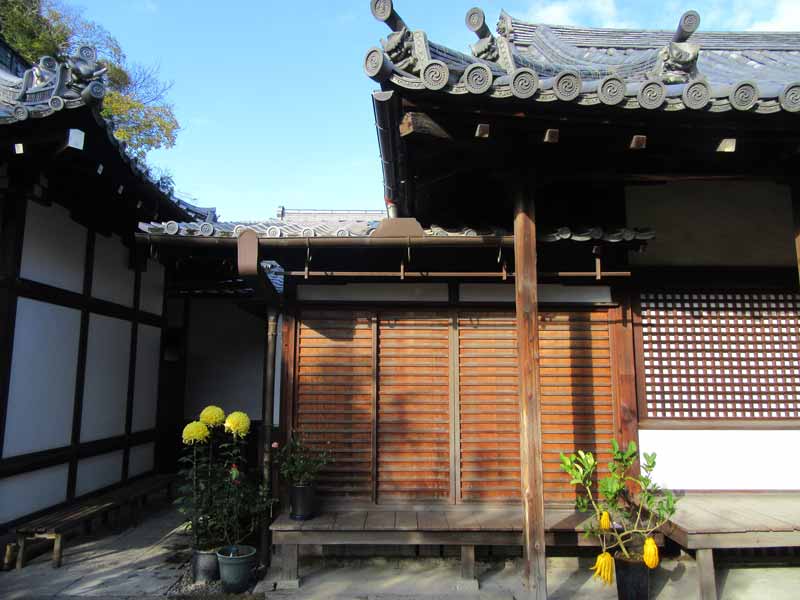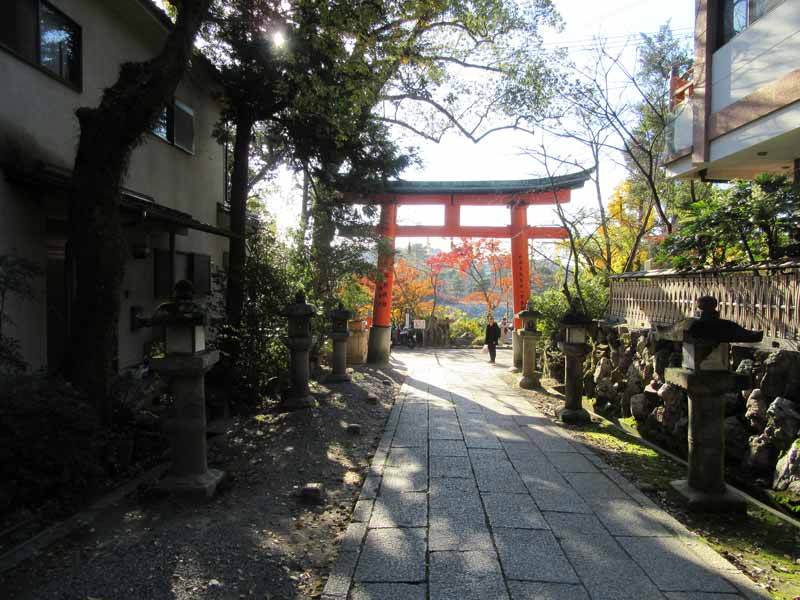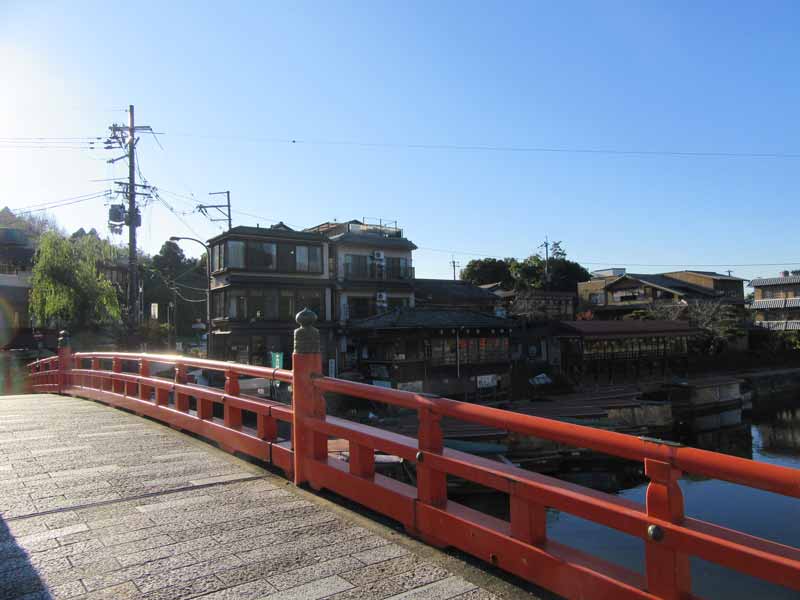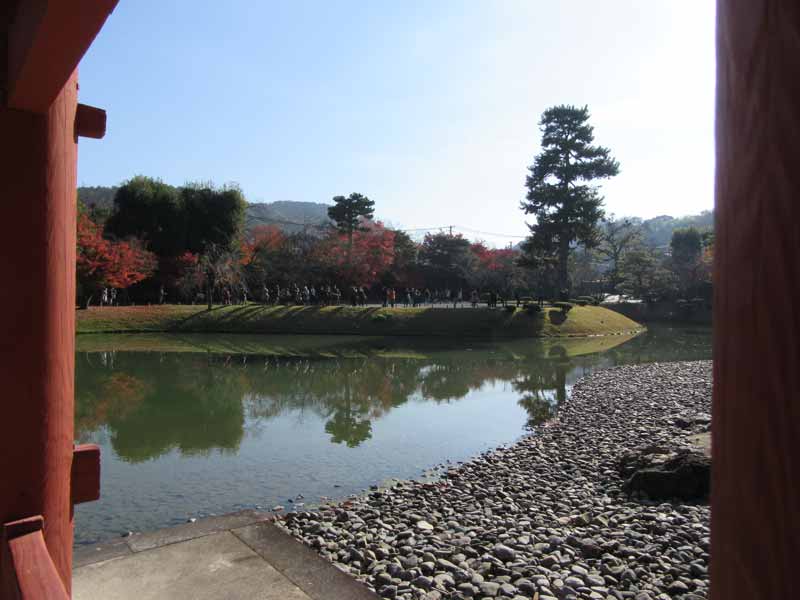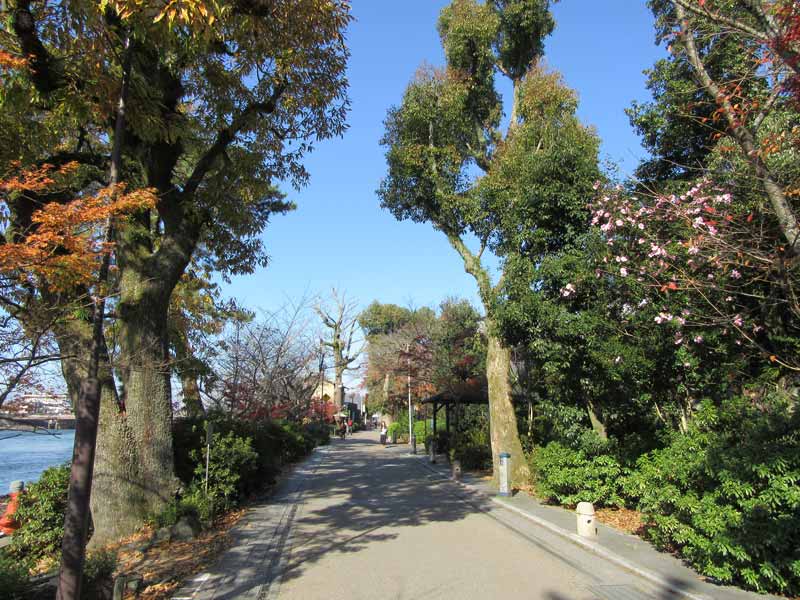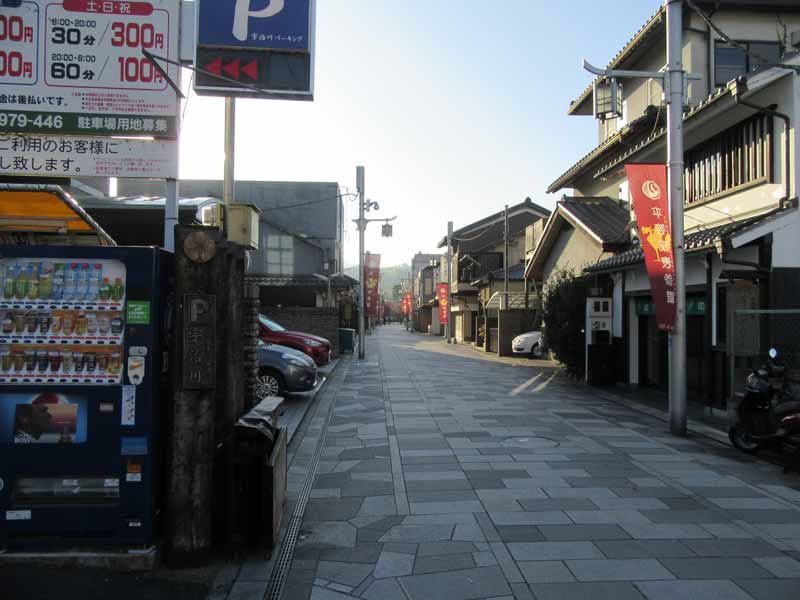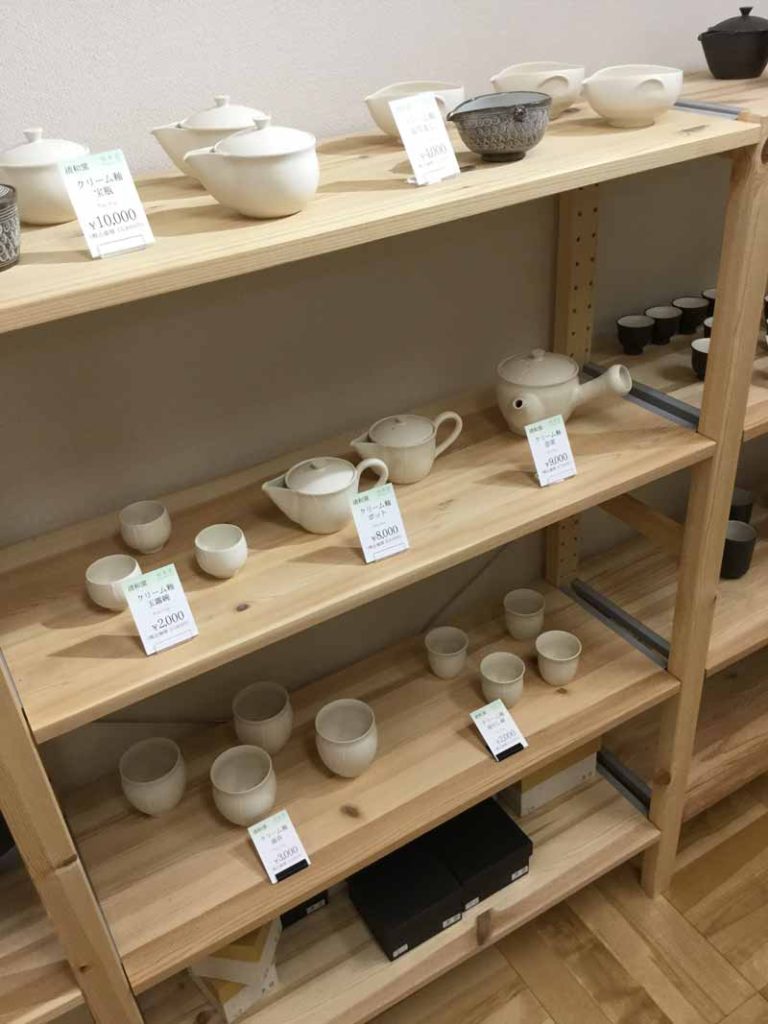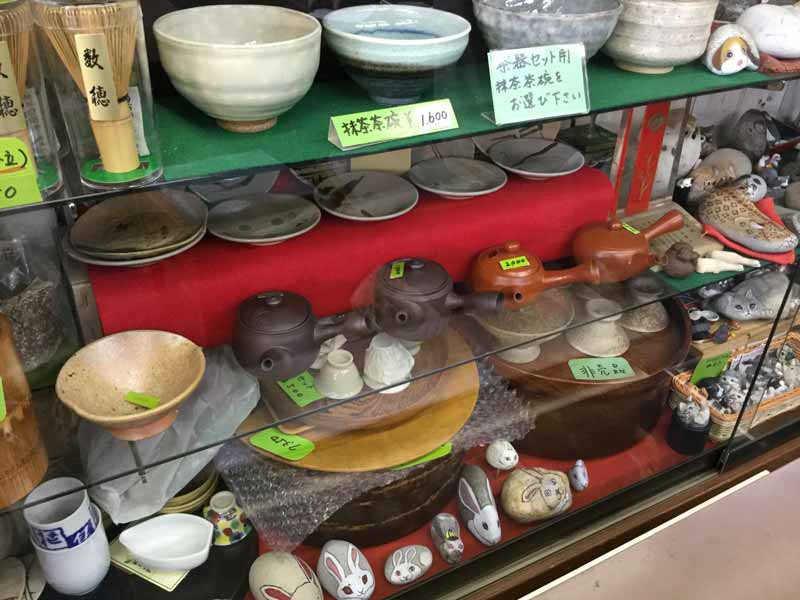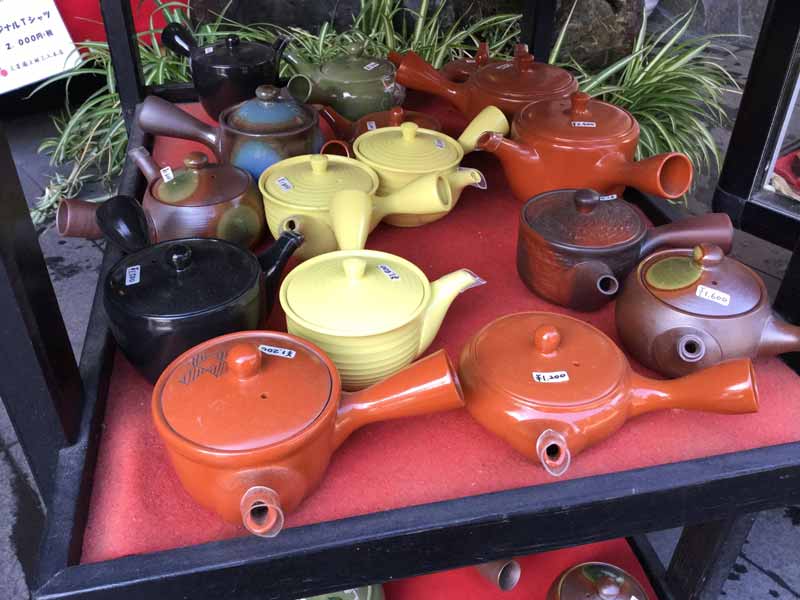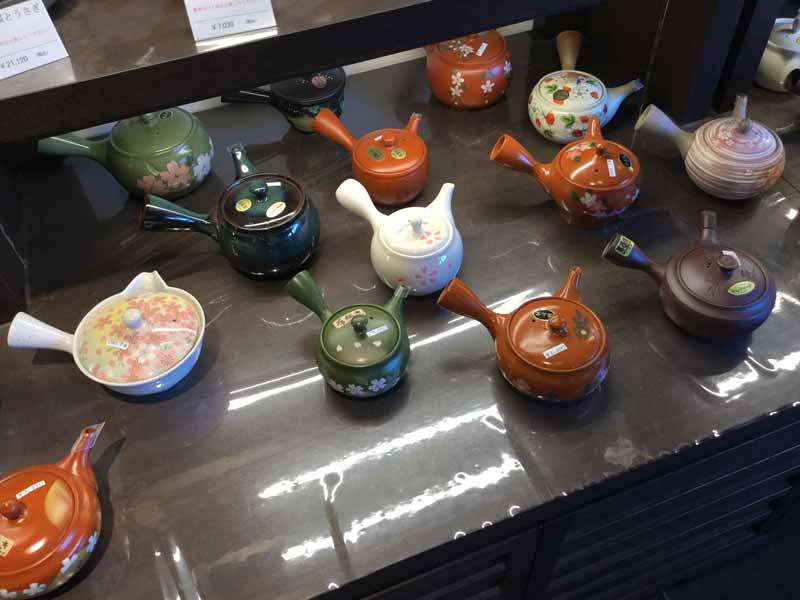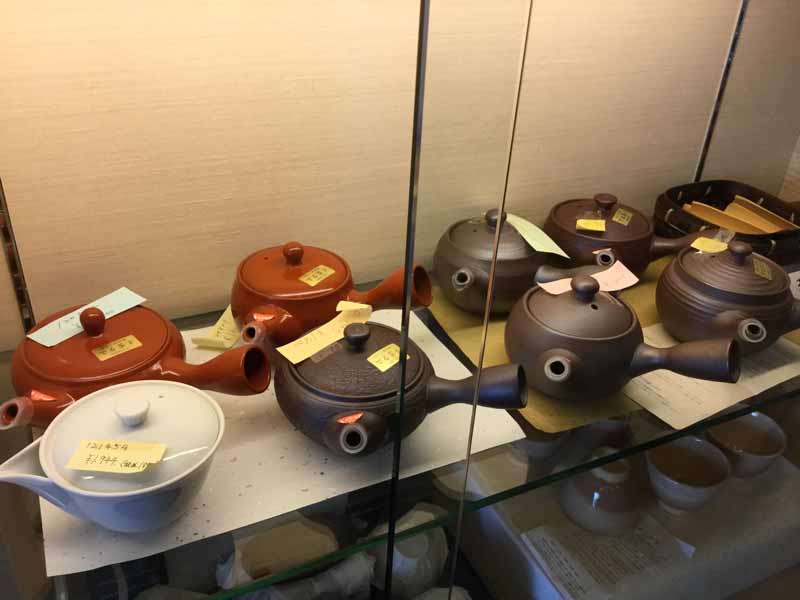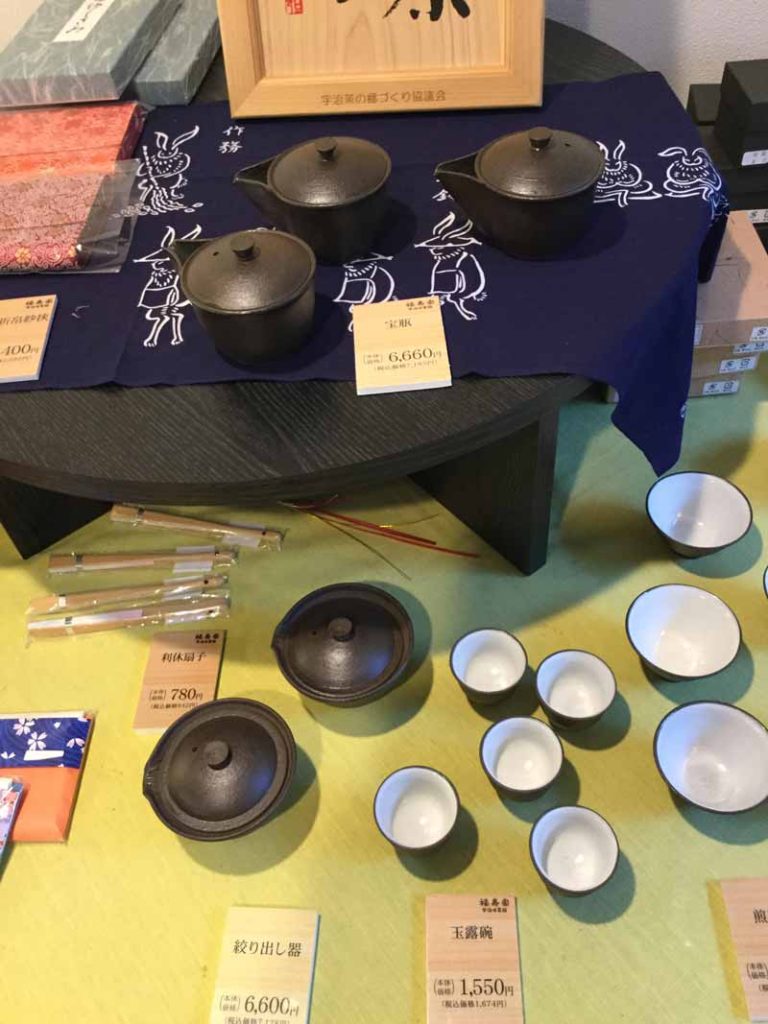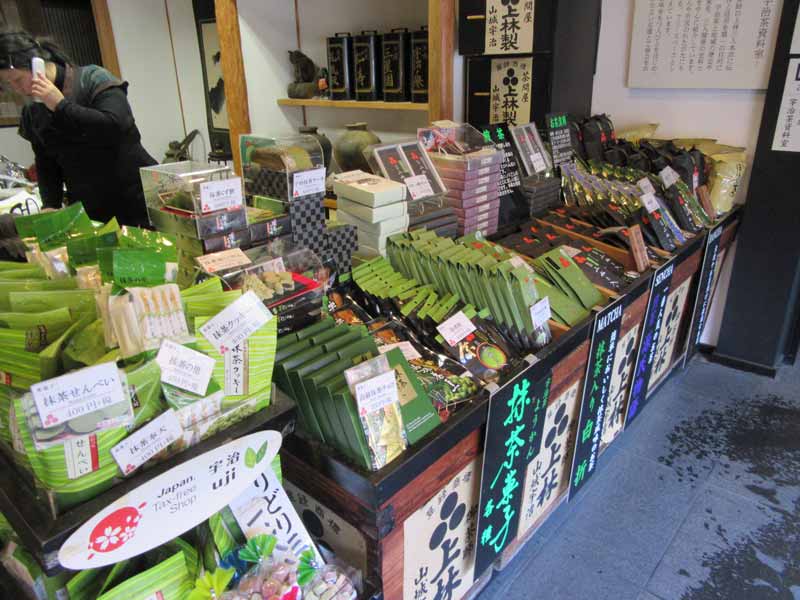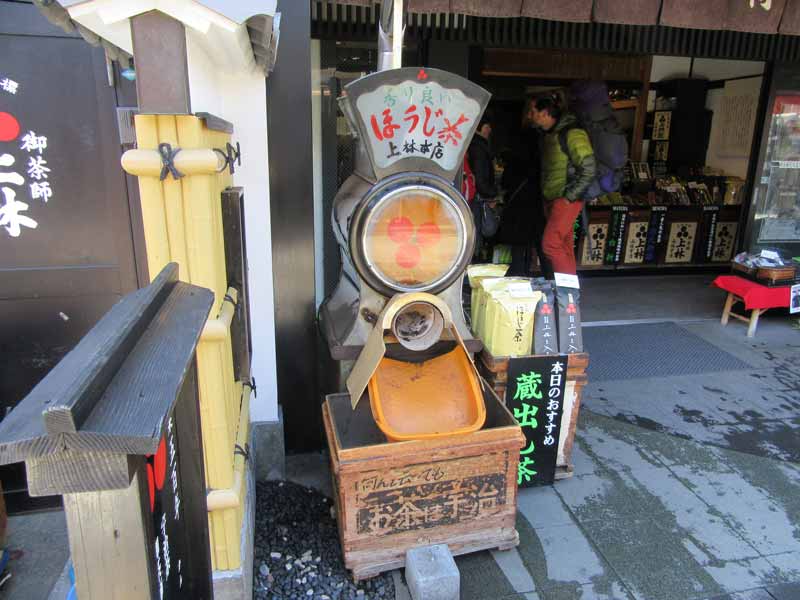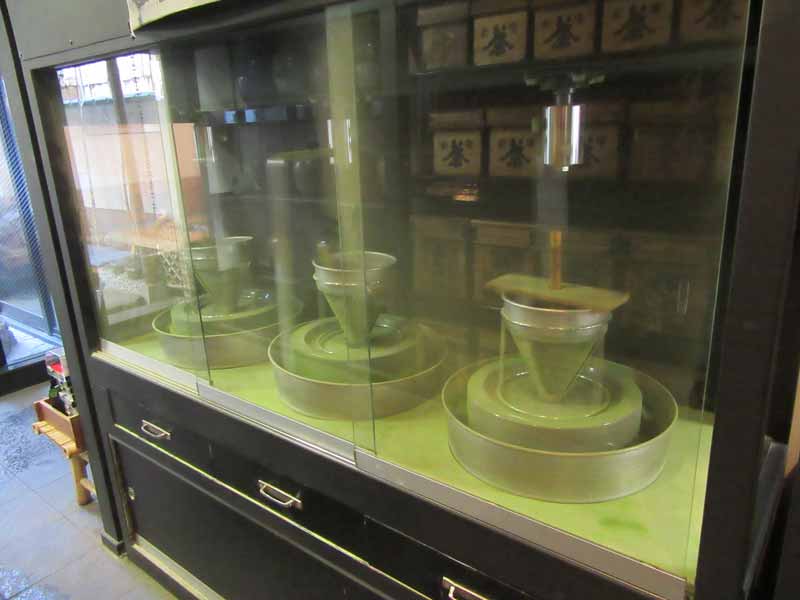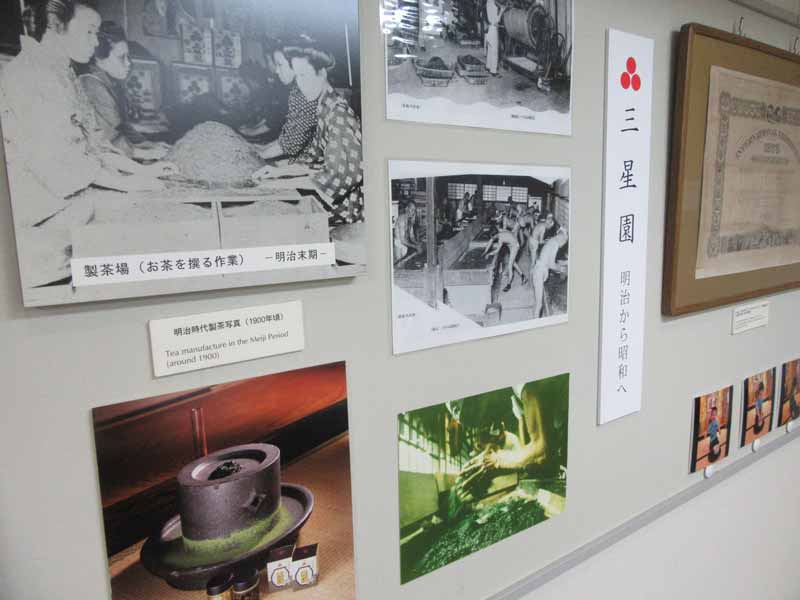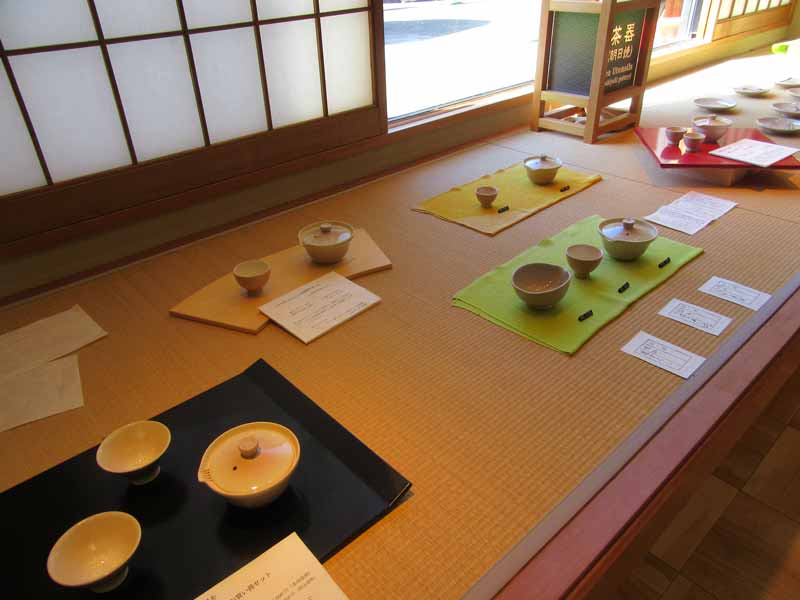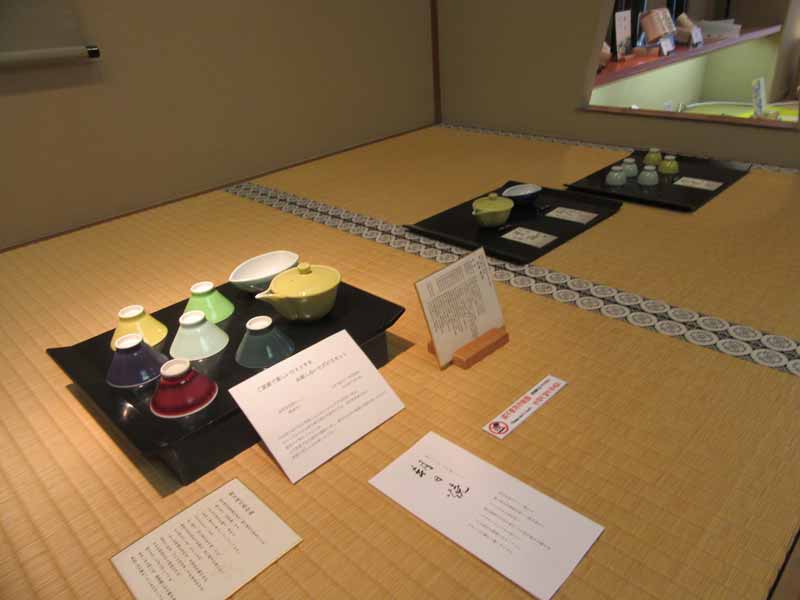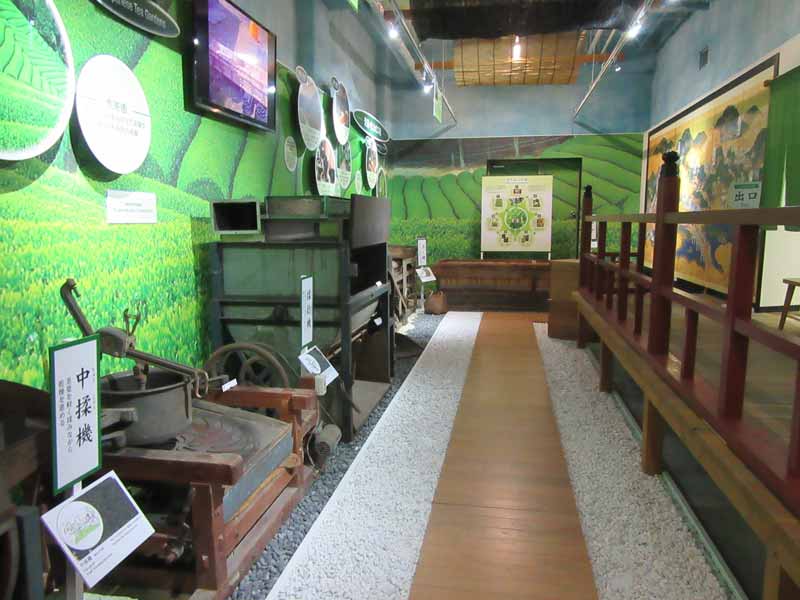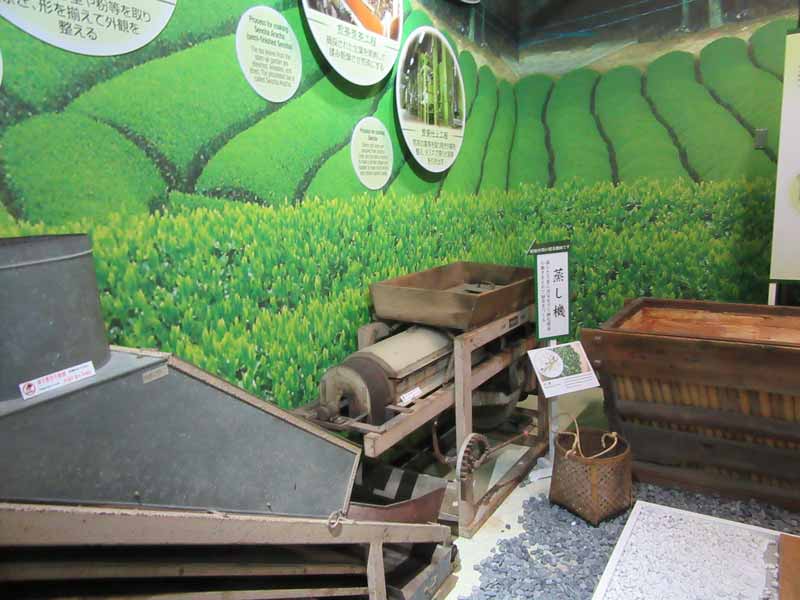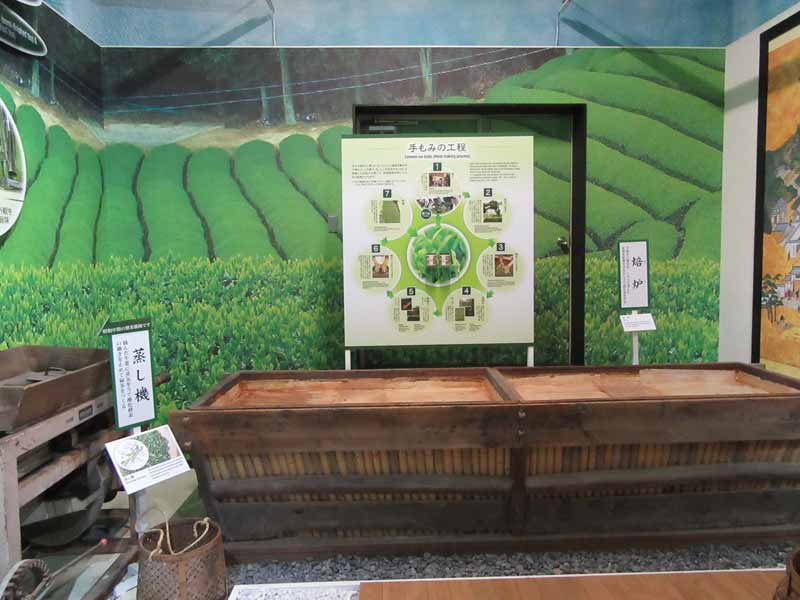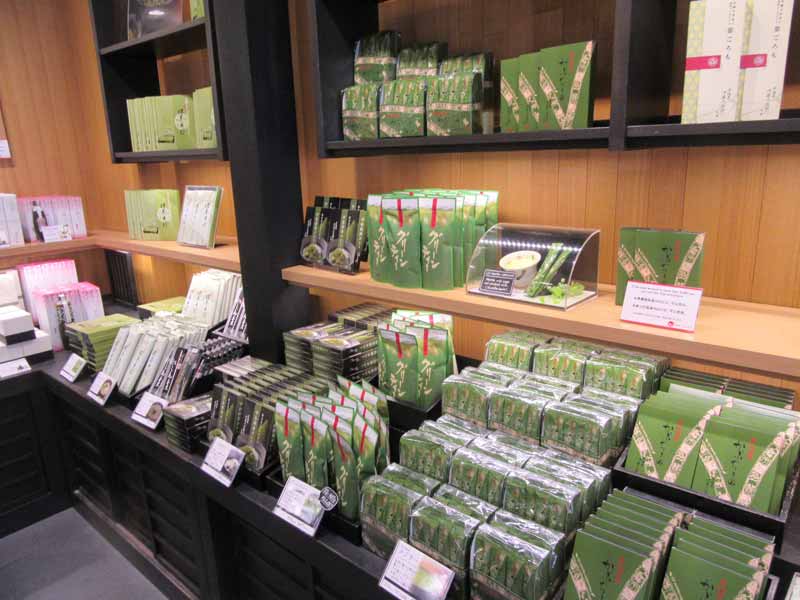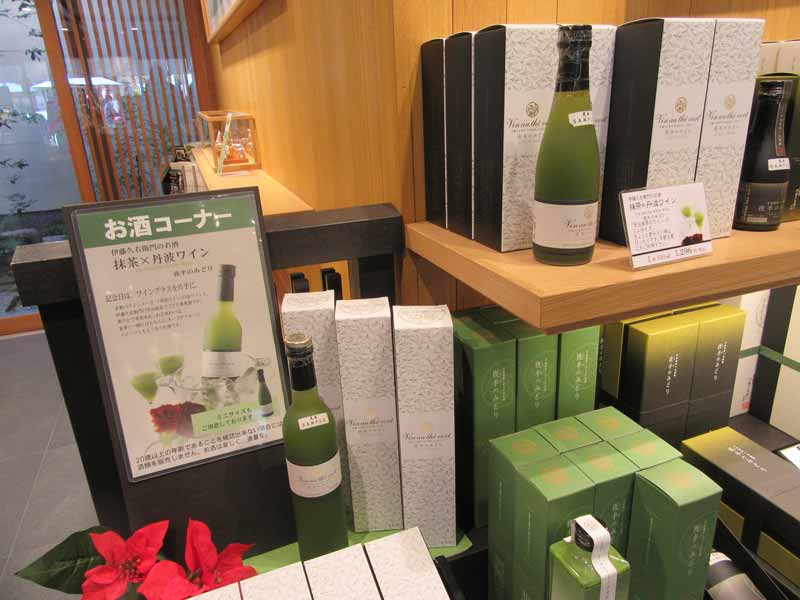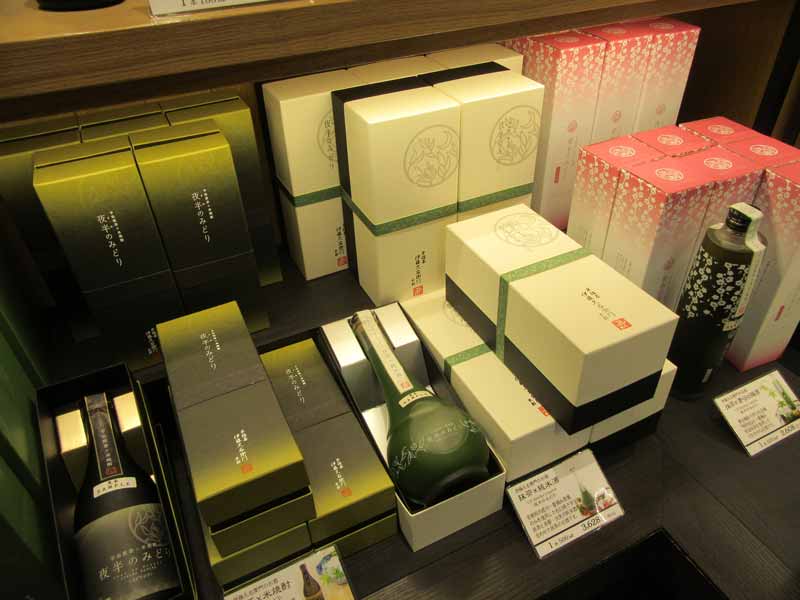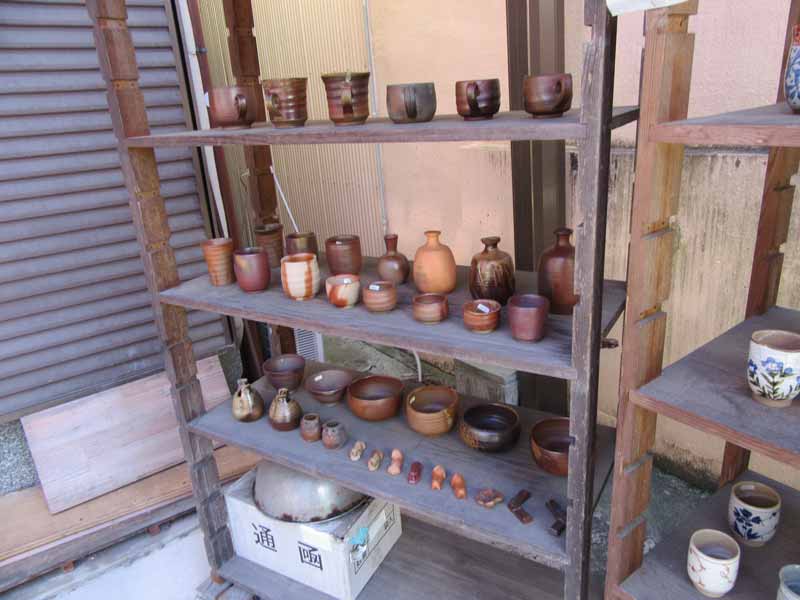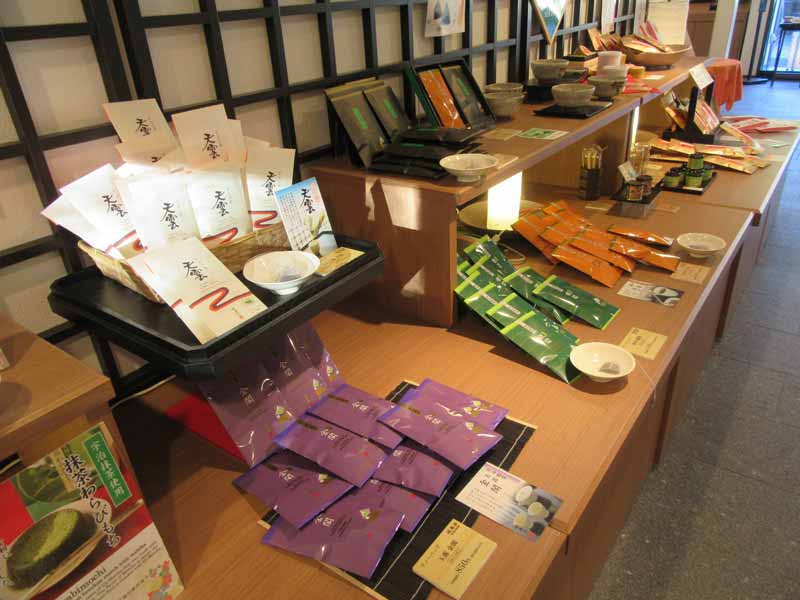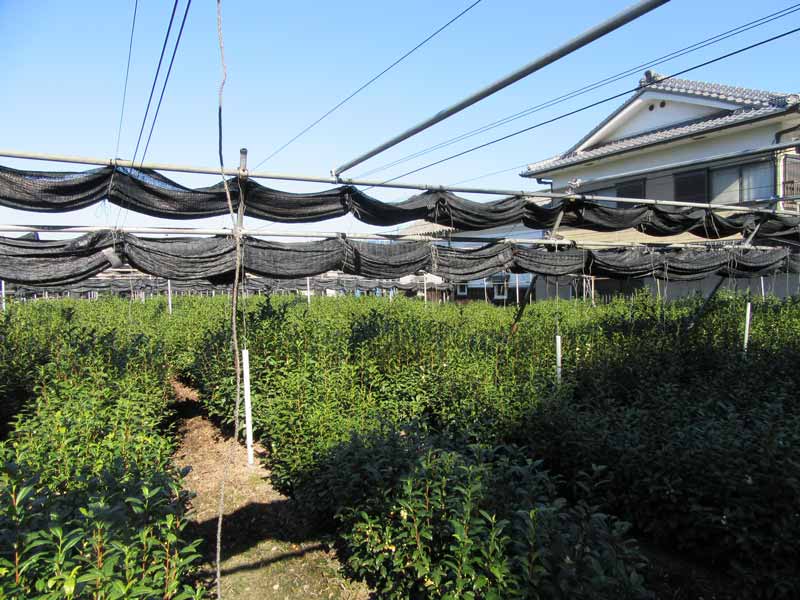Today’s Uji was worth it. I was expecting it to be great, but I didn’t expect such a tea storm. Mostly the transfer was easy too, thanks to the JR pass, all I had to do without a ticket was hop on the nearest connection to Nara and get off at Uji.
So in the meantime, I made a stop back in Inari, where I picked up a sister“ teapot of my yesterday’s shiboridashi = by the same artist and with the same surface decoration for a friend.
Today’s plans:
- To-no-shima Island,
- Byodo-in Temple.
A tea places:
- Tsuen-chaya Tea Shop 〒611-0021 1,
- Fukujuen Ujicha KoboUji-Kanbayashi Memorial House,
- 2 Ujibashi-Dori/Byodoin-Omotesando Tea Street,
- Tea Studio 〒611-0021 Kyōto-fu, Uji-shi, Uji, Yamada,
- Asahiyaki Pottery there.
I rather wanted to skip the classical sights this time, after all Uji is the origin of Japanese tea,it all started here. The first seeds were brought to Japan by the monk Saicho in 805. Unexpectedly, he brought them from the cradle of tea – China. It began to be grown mostly in Kyoto (and especially in the Uji area) and gradually permeated Japanese history and culture from there.
Kapitoly
Phoenix Garden and Byodo-in Gardens
But I haven’t forgiven Byodo-in Temple, which is often mentioned as a „must-see“ in Uji. And it was definitely worth it, but the gorgeous gardens right around it do their part. The temple itself has a main nave and 2 small side pavilions. As a whole, it is meant to represent a phoenix taking flight, hence the name Fenix Hall.
The tour of the inner area (one big room) is paid and if you don’t speak great Japanese or don’t care much for the big golden Buddha, calmly drop it from your itinerary. It probably won’t do you much good. For gardens, though, definitely buy the lupen. The golden temple is reflected ethereally in the water surface – it is located in the middle of the central pond.
The great thing about Uji is that it’s relatively small and the most important pieces are concentrated at this temple. Just off the northern exit of the gardens is the famous Byodoin-Omotesando tea street. Teahouses, matcha confectioners, matcha cooks, tea makers, potters …
Here you can get everything you need for a great Japanese tea time. And surprisingly, it won’t even cost you much. The cheapest kyosu-type teapot here was 1,200 yen (:5 per kc). But of course these cheap pieces weren’t handmade, I’m already amazed that it’s worth it to anyone.
MIMO: if you thought you’ve seen and tasted everything of the matcha-something type, you’re mistaken. Chocolate, waffles, cookies, shake… the usual. Even the ice cream could be considered more normal. What about liquor like that? Or a straight up strong liquor? Or even noodles?
The best part is that most of the vendors here could speak better English than „a little bit“ level. So we didn’t just end up with „conical“, the name of the tea and counting on my hands how much I want… Just like in China this year, it is really important to talk and talk about tea. Otherwise you feel like you’re behind a milk glass and you’re just guessing what’s behind it….
MIMO: when you tell someone you’re from the Czech Republic, they don’t understand, but when you say „Czech“, they all catch on and nod their heads in approval.
The Asian Tea Museum
Somewhat accidentally, I stumbled upon the Kanbayashi Tea Museum, which was also the producer of a plethora of many graded qualities and types of tea. Sencha, genmaicha, gyokuro, matcha (they ground it themselves right in the shop – I filmed it for you), …
The funniest thing is that I knew their brand of tea from CR. Black packaging, a trio of red circles in an imaginary triangle and minimalist packaging = that’s Kanbayashi.
MIMO: for all the scares I had in Tokyo about Kyoto being cold, there are citrus trees (maybe Yuzu) and Buddha’s hand growing here on a regular basis. So don’t put your faith in just one source of information. It was so warm that I was in my shirt in places…
The tea studio at 〒611-0021 is admittedly a more upscale shop (the 100,000 yen teapot speaks for itself), but the spectacle is great, plus they have an educational display about growing and processing tea in the back of the shop, complete with real processing machines. I only recognized the roller on the broken leaf structure, which the same one they used in Chinese Phoenix.
Kaiten sushi can’t be missed
While I was in an enthusiastic mood, I did myself a favor and went for „kaiten“ sushi – known in the Czech Republic as running sushi. You sit down at a table around which fresh batches of sushi are constantly passing by and you just pick and choose and enjoy, pick, …
Price is based on the colour of the plate. There were 5 colours here, the cheapest yellow one was 120 yen, the most expensive beige one (I don’t understand the colour distribution, there was brown, black and orange in between) was 450. The other plates were in between.
The experience was great, but it wasn’t much different than in the Czech Republic (where I have only experienced the „running“ version at the Prague Palladium). Yes, there was a larger selection of sea creatures (squid is pretty chewy and resists eating, by the way), but I didn’t find much difference in process and taste and quality…
Nara and beyond…
In the evening I went to the last stop on my trip – to the city of Nara to see the deer 🙂 Which ones I’m talking about, you’ll find out tomorrow.

